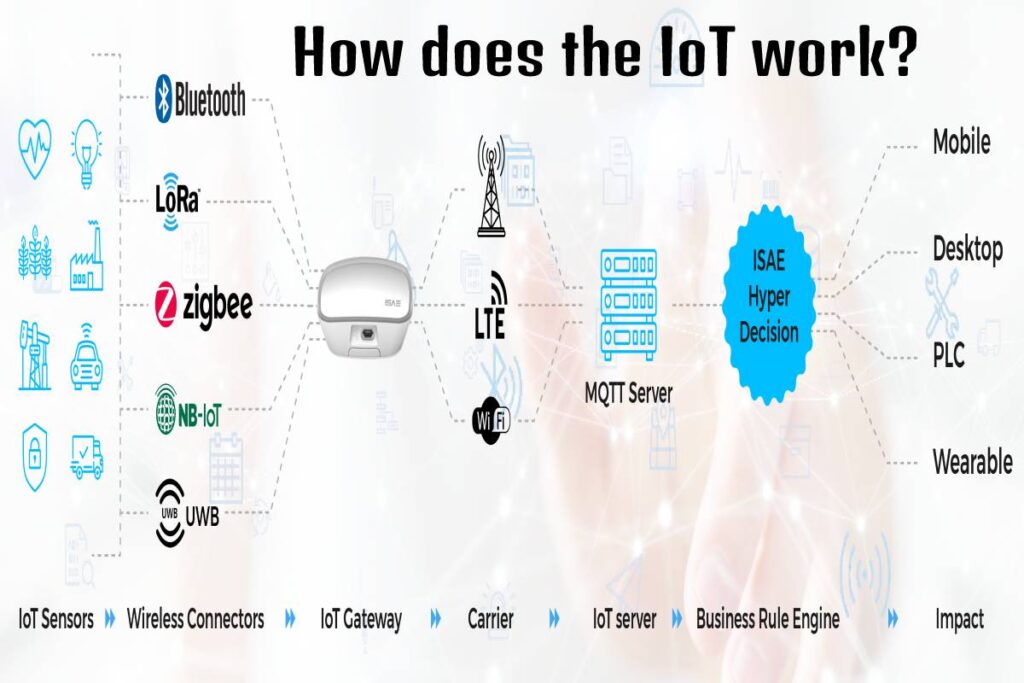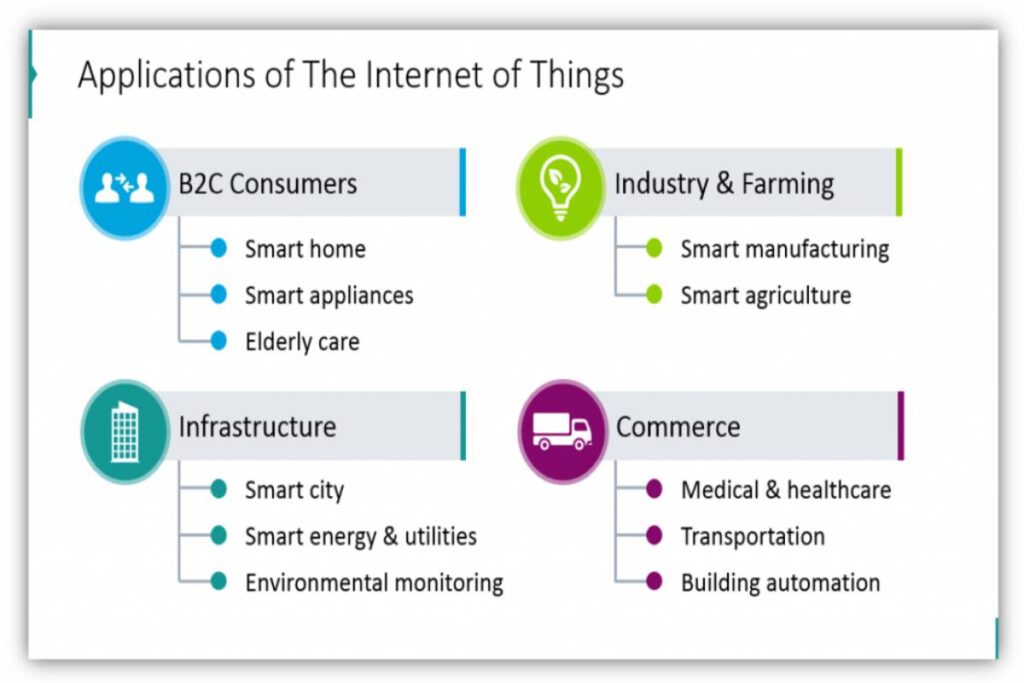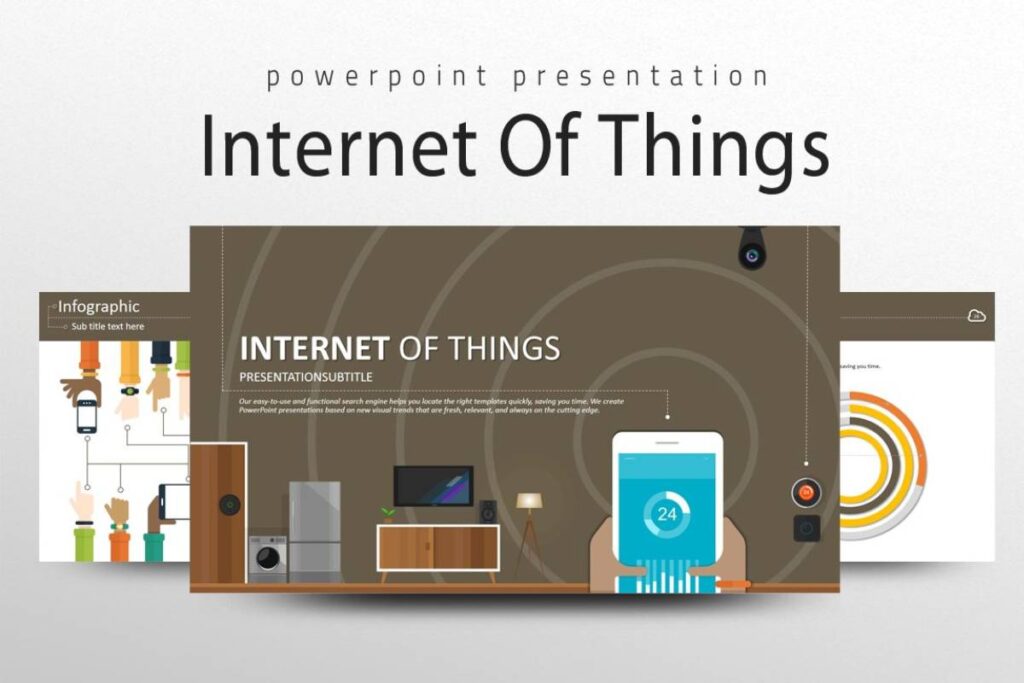Table of Contents
About IoT ppt
In IoT ppt, the Internet of Things (IoT) is the process that makes it possible to connect everyday physical elements to the Internet. From common household objects such as light bulbs to resources for health care such as medical devices. They also include clothing and personal items, such as smart watches, and even traffic lights in intelligent cities.
How does the IoT work?
- IoT refers to all systems of physical devices that receive and transfer data over wireless networks with little human intervention.
- It is possible thanks to integrating computing devices in all kinds of objects.
- For example, a “smart thermostat” (the term smart usually implies the IoT) receives data from the location of your smart car as you drive and uses it to adjust the temperature in your home before it arrives.
- It achieves without your intervention, and the result is better than if you had to adjust the temperature manually.
- A traditional IoT system, such as the intelligent home, works by constantly sending, receiving, and analyzing data in a feedback loop.
- Depending on IoT technology, people or artificial intelligence and machine learning (AI / ML) use that data for analysis almost immediately or over time.

Example of IoT ppt: the smart home
- To predict the optimal time, we can check the thermostat before you get home.
- Your IoT system can connect to the Google Maps API and gain insight into your current traffic patterns.
- In addition, you can use the data that the car collects in the long term to understand you’re driving habits.
- Furthermore, utilities can analyze the IoT data they collect from customers with smart thermostats to optimize the system on a larger scale.
Enterprise IoT
- In general, the IoT is attractive to those consumers whose experiences with intelligent clothing and items.
- Such as watches, are affected by the inherent security and privacy concerns associated with being permanently connected.
- This consumer perspective applies to all enterprise IoT projects, especially when the end-user is the general public.
- IoT solutions for enterprises enable them to enhance current business models and forge new relationships with customers and partners.
- However, its implementation presents particular challenges.
- The volume of data that a system of intelligent devices generates can become overwhelming (generally, big data).
- They are likewise integrating big data into current systems and configuring the analysis of data.
- Data to use can be complex.
- In addition, security is an essential aspect that must be into account when designing IoT systems.
- Still, many companies find the IoT worth implementing; therefore, it is possible to find successful case studies in almost all sectors.

IoT and edge computing
- Edge computing provides increased computing power at the ends of an IoT network to reduce communication latency between IoT devices and the core IT networks to which they connect.
- The ability of devices to use computing power for rapid and immediate data analysis is becoming increasingly valuable.
- Just sending or receiving data marks the arrival of the IoT, but the future is in shipping, receiving, and analyzing data alongside IoT ppt applications.
- In a cloud computing model, computing resources and services often concentrate in large data centers, accessed by IoT devices at the edge of a network.
- It is a model that reduces some costs and shares resources more efficiently.
- However, for the IoT ppt to be practical, computing power must be more significant and closer to the actual location of physical devices.

